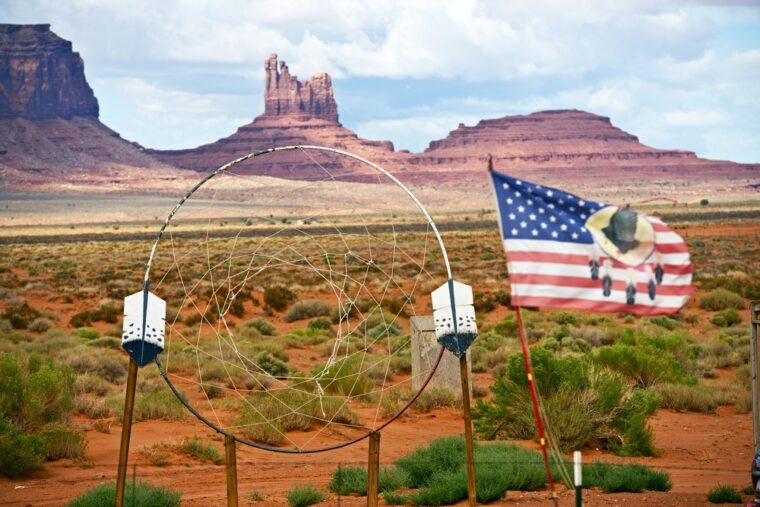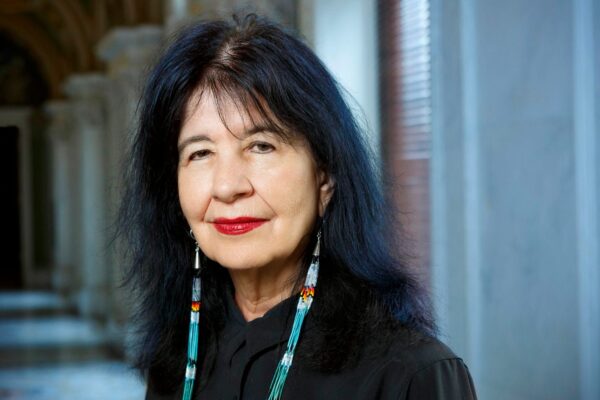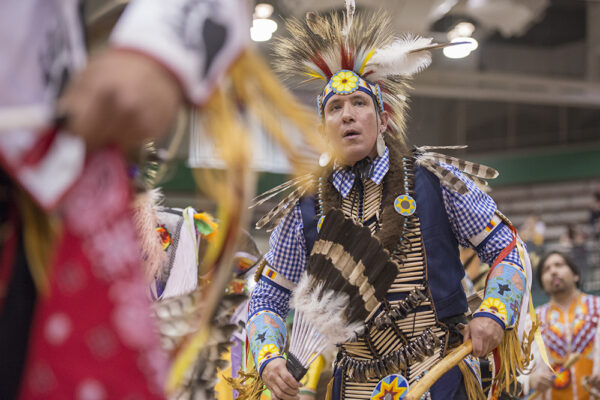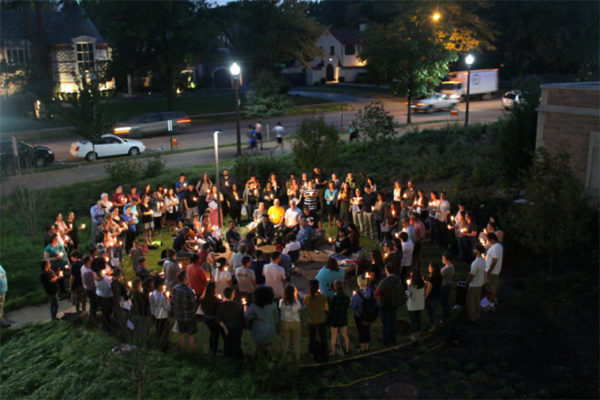The Navajo Nation now has the highest rates of coronavirus infection per capita in the U.S. The people need assistance, says Wynette Whitegoat, assistant director of the Kathryn M. Buder Center for American Indian Studies at Washington University’s Brown School and a member of the Navajo Nation.
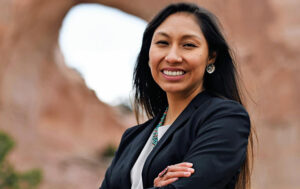
“There are many factors that have led to the Navajo Nation’s current struggle and fight for well-being, including colonialism, federal government relations, poverty and lack of resources,” she said.
According to the Navajo Department of Health, as of May 16 there have been 3,912 cases of COVID-19 and 140 confirmed deaths — among roughly 175,000 people. That’s an incidence rate almost three times higher than the total of U.S. deaths, or the equivalent of nearly 239,000 fatalities across America, when there were nearly 84,000.
The Navajo Nation is an American Indian territory covering about 17,544,500 acres occupying portions of northeastern Arizona, southeastern Utah and northwestern New Mexico. This is the largest land area retained by an indigenous tribe in the United States. The Nation’s median household income is around $20,000 per year.
Despite the underlying factors that make the Navajo Nation and other tribal communities most vulnerable to this pandemic, Whitegoat said, measures have been put into place by the Navajo Nation leaders, including 57-hour-long curfews reservation-wide, increased screening locations, and a surge in grassroots efforts operated by tribal members.
“While the Navajo people continue to be resilient and strong as their ancestors have done when faced with adversity, support is still needed to ensure high-risk individuals, especially elders, are protected,” she said.
“I hope people will consider donating to the Navajo Nation by visiting Go Fund Me or the Navajo Nation Relief Fund,” Whitegoat said.
WashU Response to COVID-19
Visit coronavirus.wustl.edu for the latest information about WashU updates and policies. See all stories related to COVID-19.
